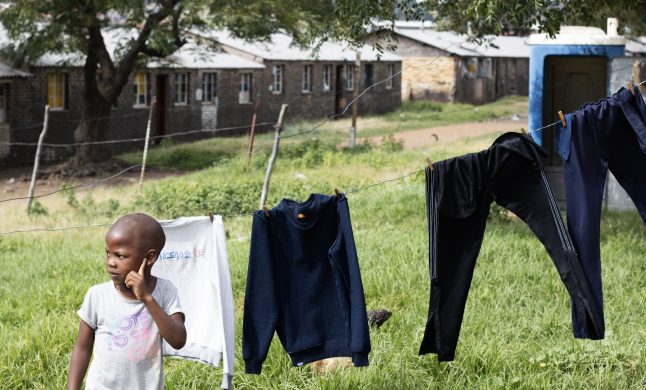Nairobi, 23 May 2016: Environmental degradation and pollution is estimated to cause up to 234 times as many premature deaths as occur in conflicts annually, writes UNEP in a press release Sunday,
This hightlight the importance of a healthy environment to achieving the 2030 Agenda for Sustainable Development, according to a new report released at the second United Nations Environment Assembly (UNEA2).
Environmental impacts are responsible for the deaths of more than one quarter of all children under the age of five, the report states.
Healthy Environment, Healthy People looks at the dangers posed by air pollution, chemicals, climate change and other issues linking environmental quality to human health and well-being.
The report is published by the United Nations Environment Programme (UNEP), the World Health Organization (WHO), the Convention on Biological Diversity, the Montreal Protocol on substances that deplete the ozone layer, and the Basel, Rotterdam and Stockholm conventions.
An ever-growing cost
UNEP Executive Director Achim Steiner said:
"By depleting the ecological infrastructure of our planet and increasing our pollution footprint, we incur an ever-growing cost in terms of human health and well-being. From air pollution and chemical exposure to the mining of our natural resource base, we have compromised our life support systems”.
"A healthier planet is a rising tide that lifts all boats, including human health, but also economies and societies. By grounding development and progress in environmental health, we safeguard our own well-being. At UNEA-2, the world is focusing on pathways to ensure that the environment sustains human health rather than threatening it."
The report finds that in 2012, an estimated 12.6 million deaths were attributable to deteriorating environment conditions, or 23 per cent of the total.
The highest proportion of deaths attributable to the environment occurs in South-East Asia and in the Western Pacific (respectively 28 per cent and 27 per cent of the total burden).
Drivers of environmental impacts
The number of deaths attributable to the environment is 23 per cent in sub-Saharan Africa, 22 per cent in the Eastern Mediterranean region, 11 per cent and 15 per cent in the Organisation for Economic Co-Operation and Development (OECD) and non-OECD countries of the Americas region, and 15 per cent in Europe.
Deaths related to non-communicable diseases related deaths are rising in all regions: three quarters of people who died from non-communicable diseases in 2012 lived in low and middle income countries.
The report also points to the drivers of the environmental health-related impacts – including ecosystem disruption, climate change, inequality, unplanned urbanization, unhealthy and wasteful lifestyles and unsustainable consumption and production patterns – and outlines the massive health and economic benefits that action would bring.
Climate change is exacerbating the scale and intensity of environment-related health risks. Estimates from the WHO indicate that 250,000 additional deaths could occur each year between 2030 and 2050, mostly from malnutrition, malaria, diarrhoea and heat stress, as a result of climate change.
The key environmental factors highlighted in the report include:
Air pollution, which kills 7 million people across the world each year. Of these, 4.3 million are down to household air pollution, particularly among women and young children in developing countries.
Lack of access to clean water and sanitation, which results in 842,000 people dying from diarrhoeal diseases every year, 97 per cent of which in developing countries. Diarrhoeal diseases are the 3rd leading cause of deaths of children younger than 5, representing 20 per cent of all deaths in children under five years.
Chemical exposure: Some 107,000 people die annually from exposure to asbestos, and 654,000 died from exposure to lead in 2010.
Natural disasters: Since the first UN Climate Change Conference in 1995, 606,000 lives have been lost and 4.1 billion people have been injured, left homeless or in need of emergency assistance as a result of weather-related disasters.
Læs videre på UNEP’s hjemmeside via linket nedenfor.















